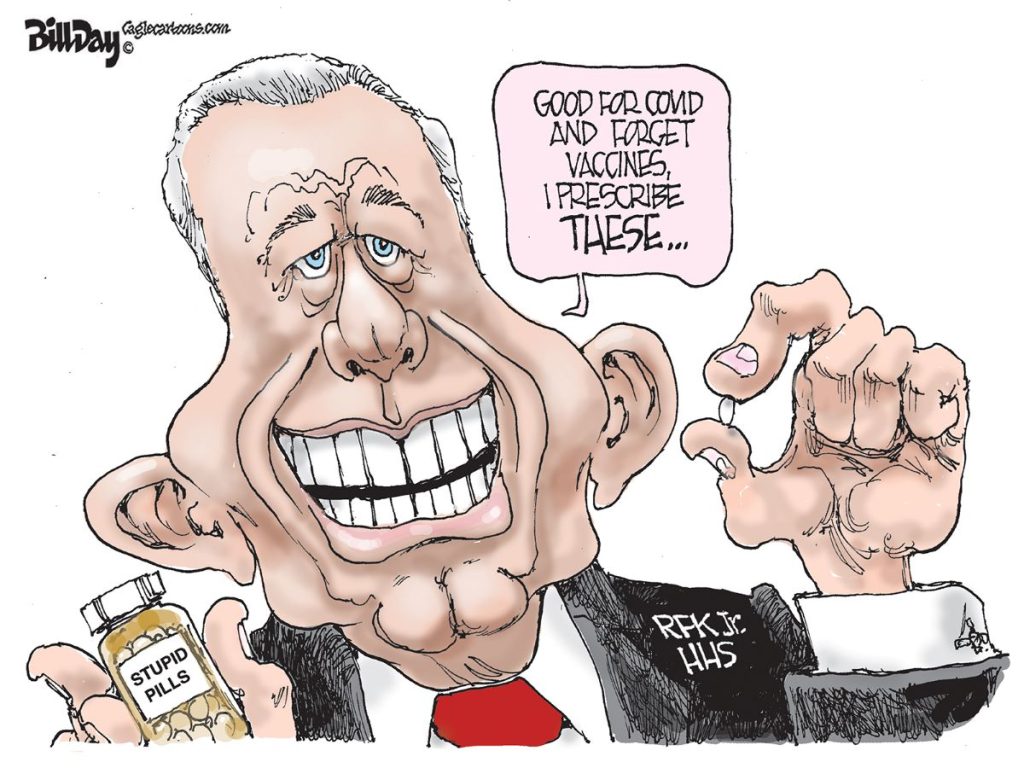Several months ago, we wrote a post about the growing movement in some cities to get obtain PILOT (payment-in-lieu-of-taxes) payments from major nonprofits like hospitals.
Boston, with large swaths of its land taken up by universities, was a pioneer in this trend, and this week upped the ante by mailing “bills.” City officials mailed letters to leaders at 40 major nonprofits asking them to pay up to 25 percent of what they would owe if their property were not tax-exempt. PILOT payments have been paid by some Boston nonprofits for years. It was the first time city government mailed out bills that set out a percentage. To top it off, the city government of Boston will post what the nonprofits were requested to pay and what they “contributed.”
According to a report by the Lincoln Institute of Land Policy, nationwide, the tax exemption for nonprofits could total as much as $32 billion. The report – the most comprehensive account of PILOT programs in use – said that since 2000, 117 cities and 18 states have used PILOT programs to increase their revenues. While PILOTs remain a revenue source worth pursuing, it must be methodical and justifiable, correcting processes that have been haphazard, secretive and ad hoc.
Remember the anecdote about prolific bank robbery Willie Sutton being asked why he robbed banks. His answer: “Because that’s where the money is.” That too is why cities are targeting hospitals. Although they make up only 0.6% of the nonprofits registered with the IRS, hospitals account for 40.2% of the revenues and have 24.3% of the assets.
By way of comparison, higher education makes up 0.4% of nonprofit organizations, generates 10.9% of revenues and holds 17.9% of assets.
The Boston Globe reported:
“We’re looking for fairness for Boston taxpayers and the nonprofits,’’ said Boston Mayor Thomas M. Menino. “This isn’t something we drew up on the back of an envelope. It’s something we put a lot of thought into.’’
The new revenue-raising plan — the first of its kind in the nation — is based on the estimated cost of providing basic city services, such as police and fire protection, snow removal, and emergency medical treatment, which account for roughly 25 percent of the city’s budget. And it is designed to gradually increase annual financial payments to the city by the major tax-exempt organizations from the $15 million they paid this year to $48 million over a five-year ramp-up period.
That is still significantly less than the $404 million nonprofits would pay if they were not tax-exempt. New assessments of the property owned by the city’s 40 largest major nonprofits show that its collective value is $13.6 billion, or the equivalent of more than half of the city’s commercial tax base, which is about $25 billion, according to Boston’s Assessing Department.
But support for the plan — the product of a mayoral task force that included representatives from nonprofits — appears mixed among the organizations being asked to pay.
Some nonprofit leaders voiced unequivocal support for the initiative during interviews with the Globe, asserting that their success depends in large measure on attracting visitors — students, hospital patients, and culture lovers — to a safe, well-managed city.
“My primary goal in life is to make Boston University a better institution, but it can only be a better institution if the city thrives,’’ said Boston University president Robert A. Brown .
Eric Buehrens, the interim president and chief executive officer at Beth Israel Deaconess Medical Center, said the hospital is also committed to the new Payments In Lieu of Taxes (PILOT) plan, even though it calls for Beth Israel Deaconess to increase its contribution from $167,000 this year to $750,000 next year and to $3.1 million after five years.
“If you’re asking me if I’m excited about paying taxes, the answer is no,’’ Buehrens said. “But I think we recognize that municipal budgets, including the city of Boston’s, are under an enormous amount of strain, and we think we have to be good citizens.’’
Other nonprofit leaders, however, expressed reservations — or declined comment — not only because of the increased cash contributions suggested by the city, but also because of concern that participating in a plan that calls for making payments based on a percentage of property values might set a precedent that could eventually compromise the tax-exempt status of their institutions.
“We have some boards of trustees that are asking, ‘What are the implications? Does this exist elsewhere in the country? Are there precedents we need to be considering? Are we heading down a slippery slope?’ ’’ said Richard J. Doherty, president of the Association of Independent Colleges and Universities in Massachusetts .
Until now, negotiations about payments in lieu of taxes have been triggered when a major tax-exempt organization proposes new construction or offers to buy property in a transaction that could remove real estate from the city’s tax rolls. Under the new plan, the city is instead asking tax-exempt groups to make regular payments based on property values, similar to ordinary taxpayers.
Still other nonprofit leaders said they are adopting a wait-and-see attitude toward the new plan, pointing to the wide disparity in voluntary contributions to the city that are now made by its largest tax-exempt organizations.
Officials at Partners HealthCare, for instance, owners of Massachusetts General, Brigham and Women’s, and Faulkner hospitals, said they are reluctant to increase their payments beyond the $4.3 million in lieu of taxes paid this year, noting that they already pay much more than other hospitals. Boston Medical Center and Children’s Hospital, for instance, each paid less than $140,000.
“Before we consider increasing the size of our contribution, our view is that other tax-exempt health care providers and other nonprofit institutions that do not make significant contributions should adjust their payments,’’ said Rich Copp, vice president for communications at Partners.
Meanwhile, Steward Health Care System, a for-profit company that recently purchased St. Elizabeth’s Medical Center and Carney Hospital, is expected to pay about $10 million in yearly property taxes, according to Boston assessors, without cutting charitable services to the poor and uninsured.
Over the last few decades, PILOT agreements negotiated individually under the city’s old system have varied widely. This year, for example, Boston University made $5.1 million in voluntary payments — more than any other nonprofit — while Boston College paid just $298,000 and Northeastern University paid about $31,000.
Michael Armini, senior vice president for external affairs at Northeastern, said that the university’s contribution to the overall welfare of the city should also include more than $2 million a year in property taxes that it pays on buildings it has purchased and agreed to keep on the city’s tax rolls, as well as the scholarships it provides to Boston residents.
The move to the new system has been long in coming. City Council president Stephen J. Murphy began holding hearings — and drafting legislation — aimed at increasing the amount of money nonprofits contribute to city coffers more than five years ago.
“I was doing anything I could to get their attention,’’ said Murphy, noting that tax-exempt organizations, including the state and federal governments, own about 52 percent of the city’s land area at a time when Boston is increasingly reliant on property taxes to cover its $2.4 billion budget.
Indeed, from 2002 to 2010, when state aid to Boston dropped 36.4 percent, the percentage of city expenses paid for with property tax revenue grew from 51.8 percent to 62.5 percent.
Three years ago, Menino entered the fray over PILOT payments, convening a task force composed of representatives of the major tax-exempt institutions, private businesses, municipal unions, and Murphy. After more than a year of hearings, the group of eight unanimously approved the new plan.
Daphne A. Kenyon, a visiting fellow at the Cambridge-based Lincoln Institute of Land Policy, said that while 117 municipalities in 18 states have PILOT programs of one flavor or another, Boston’s is the first to establish a uniform system for calculating payments from tax-exempt institutions.
Under the Boston plan, only the 40 nonprofits with properties valued at $15 million or more are being asked to pay. And each of them is allowed a credit of up to 50 percent of their expected payment in exchange for sustaining existing services or providing new ones to Boston taxpayers.
“The services are very important to the mayor and very important to the residents of the city,’’ said Boston Assessing Commissioner Ronald W. Rakow. “I don’t think there’s an institution on this list that doesn’t have the ability to provide services that are needed by the taxpayers of Boston.’’
Underscoring the sensitivity of the new plan, and the complex task of valuing community services, officials at Harvard University, Boston College, Emmanuel College, and Emerson College all declined to say whether they intend to meet the city’s PILOT targets.
Meanwhile, the city’s cultural institutions are also being asked to increase their voluntary payments to the city. The Museum of Fine Arts, for instance, made a payment of about $66,000 this year, and is being asked to boost its contribution to more than $250,000 next year and to more than $1 million in five years.
At WGBH, which recently moved into its new Brighton headquarters, officials said they are committed to next year paying the $51,000 suggested by the city, as well as the $259,000 payment the city would like to begin receiving in five years.
“We think it’s fair,’’ said Jeanne Hopkins, WGBH vice president for communications.
Some nonprofit officials singled out one aspect of the city’s new plan for particular praise: the pledge to publicize what nonprofits are being asked to pay and what they ultimately contribute.
Said Buehrens, the Beth Israel executive: “I’d hate to feel like I was the only guy paying my taxes.’’


